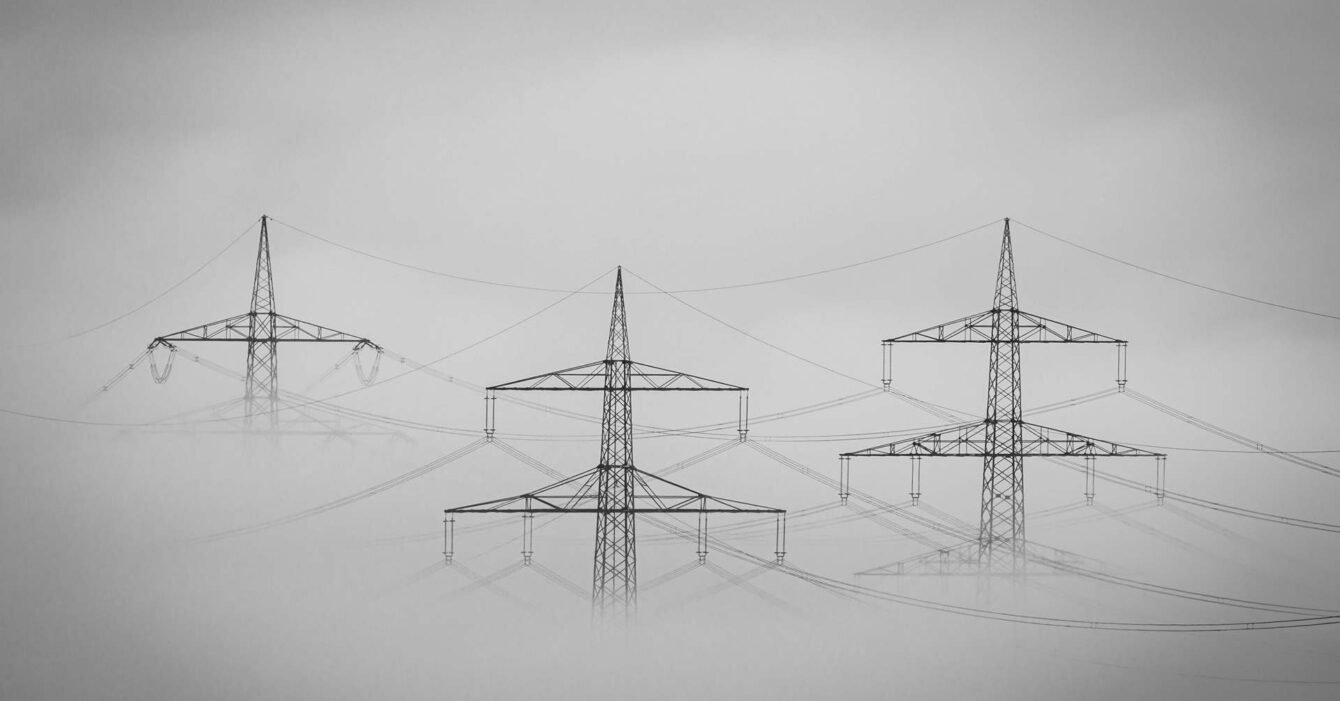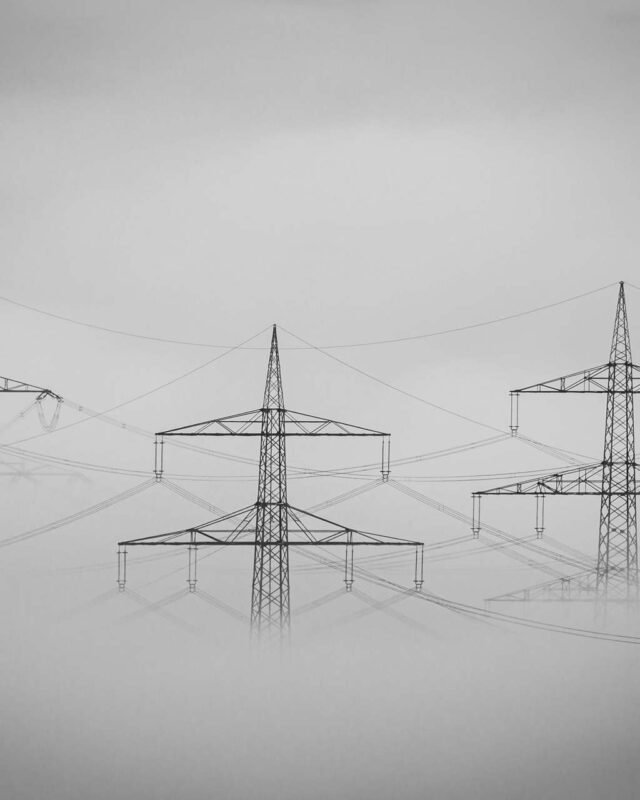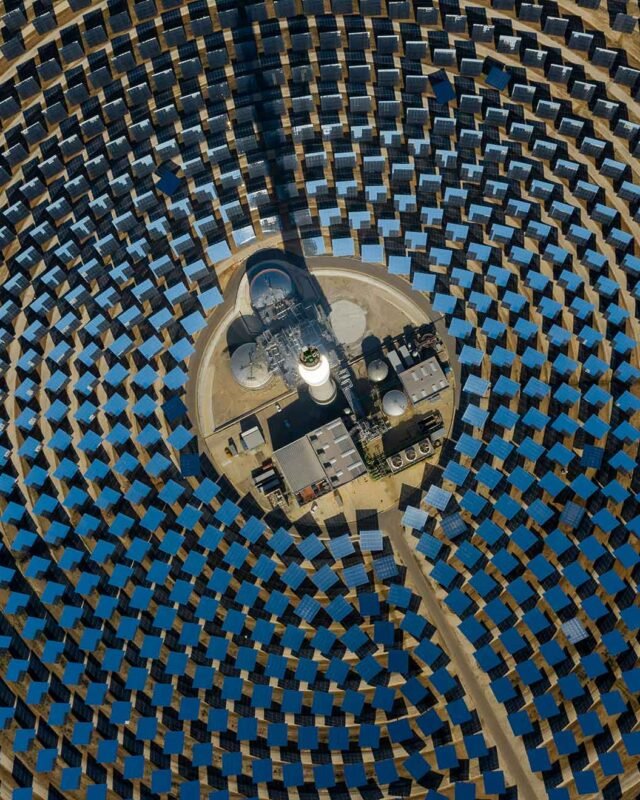Digital Technologies Driving Sustainability in Saudi Arabia’s Energy Sector
Saudi Arabia, traditionally known for its vast oil reserves, is undergoing a significant transformation in its energy sector. This shift is primarily driven by the adoption of digital technologies aimed at promoting sustainability in energy production and consumption. The kingdom’s vision for a sustainable future aligns with global efforts to combat climate change and reduce carbon footprints. This article explores how sustainable energy digitalization is contributing to the sustainability of energy production and consumption in Saudi Arabia.
The Role of Digital Technologies in Sustainable Energy
Digital technologies have become pivotal in the quest for sustainable energy solutions. In Saudi Arabia, these technologies are being leveraged to optimize energy production and consumption, thereby reducing environmental impact. One of the key areas where digitalization is making a difference is in the management of energy resources. Advanced data analytics and artificial intelligence (AI) are being used to monitor and predict energy demands, enabling more efficient resource allocation and reducing waste.
Smart Grids and Energy Efficiency
Smart grids are a prime example of how digital technologies are driving sustainable energy digitalization. These grids use sensors, automation, and AI to manage electricity distribution more efficiently. In Saudi Arabia, the implementation of smart grids has led to a significant reduction in energy losses during transmission and distribution. This not only enhances energy efficiency but also contributes to the stability of the overall energy system.
Also Read: Energy Efficiency at Scale: NEOM’s High-Voltage Smart Grid Blueprint
Renewable Energy Integration
The integration of renewable energy sources, such as solar and wind, into the national grid is another critical aspect of sustainable energy digitalization in Saudi Arabia. Digital technologies facilitate the seamless integration of these variable energy sources by balancing supply and demand in real-time. For instance, AI algorithms can predict fluctuations in renewable energy production and adjust conventional power generation accordingly. This ensures a reliable and sustainable energy supply, even as the proportion of renewables in the energy mix increases.
Energy Consumption Monitoring
On the consumption side, digital technologies are empowering consumers to make more sustainable choices. Smart meters and home energy management systems provide real-time information about energy usage, enabling consumers to monitor and control their consumption more effectively. In Saudi Arabia, the widespread adoption of these technologies is helping households and businesses reduce their energy bills while contributing to the country’s sustainability goals.
Digital Twins and Predictive Maintenance
Another innovative application of digital technologies in Saudi Arabia’s energy sector is the use of digital twins and predictive maintenance. Digital twins are virtual replicas of physical assets, such as power plants or wind turbines, that can be used to simulate performance and identify potential issues before they become critical. Predictive maintenance, powered by AI and machine learning, allows for the early detection of equipment faults, reducing downtime and extending the lifespan of energy infrastructure. These technologies not only enhance the efficiency and reliability of energy production but also minimize environmental impact by reducing the need for new infrastructure.
Conclusion
In conclusion, the adoption of digital technologies is playing a crucial role in driving the sustainability of Saudi Arabia’s energy sector. From smart grids and renewable energy integration to energy consumption monitoring and predictive maintenance, these technologies are transforming the way energy is produced and consumed. As Saudi Arabia continues to invest in sustainable energy digitalization, it sets a precedent for other nations striving to achieve a balance between economic growth and environmental preservation.




